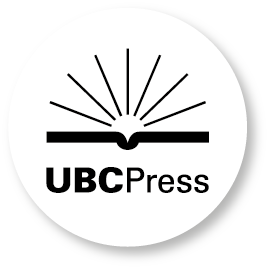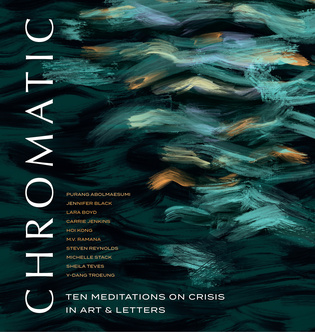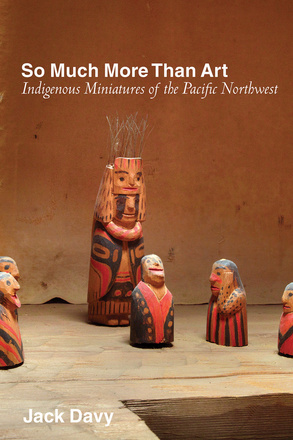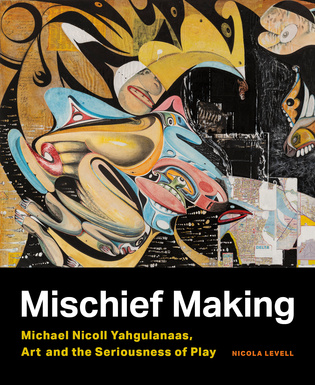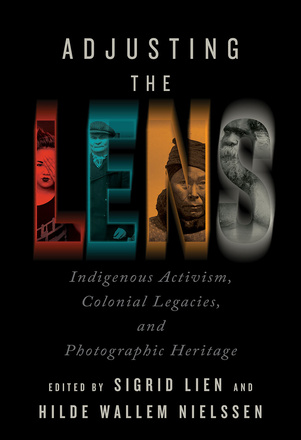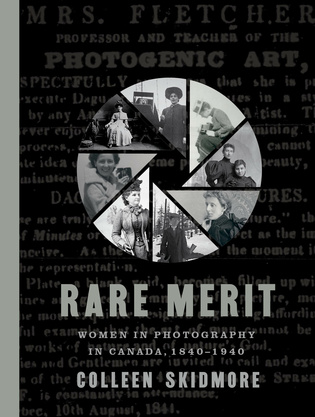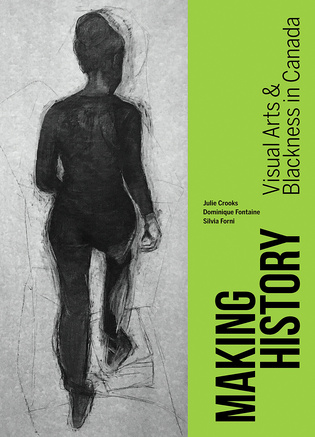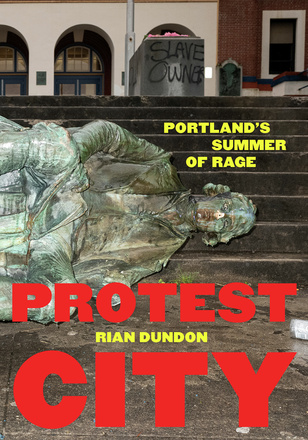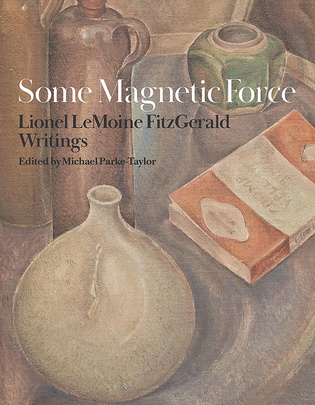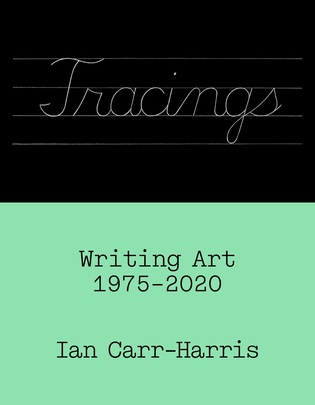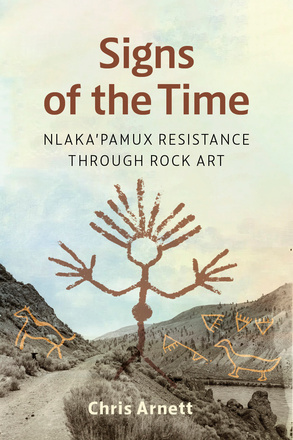Chromatic
Ten Meditations on Crisis in Art and Letters
So Much More Than Art
Indigenous Miniatures of the Pacific Northwest
So Much More Than Art reveals the fascinating practice of miniaturization in Indigenous Northwest Coast art as a subtle form of communication in the face of oppressive colonization.
Mischief Making
Michael Nicoll Yahgulanaas, Art, and the Seriousness of Play
In a gorgeously illustrated exploration of the art of Michael Nicoll Yahgulanaas, Mischief Making demonstrates how playful and punning gestures can shed light on serious subjects.
Adjusting the Lens
Indigenous Activism, Colonial Legacies, and Photographic Heritage
Adjusting the Lens explores and celebrates decolonizing strategies and practices that confront the ways the photographic record of Indigenous peoples has been shaped by the colonial imagination.
Rare Merit
Women in Photography in Canada, 1840–1940
Rare Merit illuminates the impact of women as portraitists, travel documentarians, photojournalists, fine artists, hobbyists, and printers in the early years of photography in Canada.
Making History
Visual Arts and Blackness in Canada
Making History is an unprecedented reflection on the positioning of Black history and art within the Canadian cultural landscape.
Protest City
Photographing Portland's Summer of Rage
Some Magnetic Force
Lionel LeMoine FitzGerald Writings
Skidegate House Models
From Haida Gwaii to the Chicago World's Fair and Beyond
This fascinating exploration into the history a nineteenth-century model of a Haida village, carved by Haida artists, offers insights not only into Pacific Northwest history but also into how the Haida represented their culture during a time when that culture threatened by colonial activity.
Tracings
Writing Art, 1975–2020
Signs of the Time
Nłeʔkepmx Resistance through Rock Art
Drawing on a unique blend of Indigenous and Western sources, Signs of the Time explores Nlaka’pamux rock art making to reveal the historical and cultural meaning beneath its beguiling imagery.
